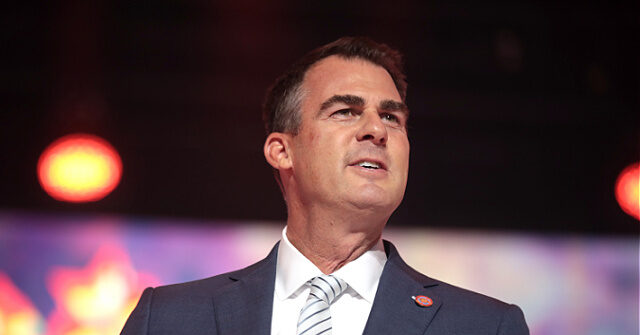Oklahoma’s Republican Governor Kevin Stitt has recently expressed an interest in increasing the number of migrants who come to the state to fill low-paying jobs, contrasting sharply with the prevailing sentiment among many Americans, who advocate for the deportation of millions of undocumented immigrants. Stitt, who took office in 2019, took to social media to urge President-elect Donald Trump to reform the visa process while also taking action against policies that provide protections to undocumented immigrants in sanctuary cities. His stance indicates a desire not only to manage the flow of undocumented immigrants but also to modify a system he views as flawed, asserting that reforms should include border security and visa oversight.
In his communications, Stitt highlighted the various types of visa workers, including H-1B professionals in white-collar positions, H-2A agricultural workers, and J-1 seasonal laborers. The governor noted that around one million new visa workers enter the United States each year, filling roles that, he argues, could be handled by better-paid American workers or through advancements in technology. This perspective raises questions about the balance between employing local citizens and the pressing labor shortages some industries face, particularly in sectors that often pay minimum wage or rely heavily on temporary workers.
Stitt’s administration has previously tied the elimination of sanctuary policies to an increase in visa worker entries. In August, he lauded the creation of the state’s Work Permit and Visa Task Force, intended to address challenges stemming from what he termed the “open border policy” of the Biden administration. His statements reflect a commitment to attracting a skilled workforce, claiming that Oklahoma needs to seize opportunities to bring in the “best talent,” which presumably includes a wide range of job sectors from healthcare to education and construction.
Despite Stitt’s push for increased immigration to fill various job roles, critics point out that this approach overlooks the potential of qualified American workers who could be trained to fill these positions. His administration has even suggested creating an “Office of New Oklahomans” to help assimilate migrants, emphasizing policies that would permit migrants to obtain driving privileges. This proposal raises concerns about the potential prioritization of foreign workers over local talent, particularly in contexts where local economies and job markets are not showing significant growth.
Recent state data indicates that wage growth in Oklahoma has lagged behind the national average, mirroring a lack of job competition that could justify the need for a larger immigrant workforce. While the unemployment rate has decreased, this development is not sufficient to warrant the influx of workers that Stitt envisions. Critics argue that focusing on importing labor rather than investing in the local workforce could perpetuate a cycle of dependency on migrant workers and undermine efforts to uplift the American workforce.
In summary, Governor Stitt’s advocacy for increased migration to fill various job roles, alongside his push to reform immigration policies, highlights a complex and often contentious relationship between local labor dynamics and national immigration debates. While he seeks to enhance the skilled labor pool in Oklahoma, many question the implications of prioritizing foreign labor over domestic workers in an environment where economic indicators suggest that bolstering local employment opportunities might be a more sustainable path forward.

